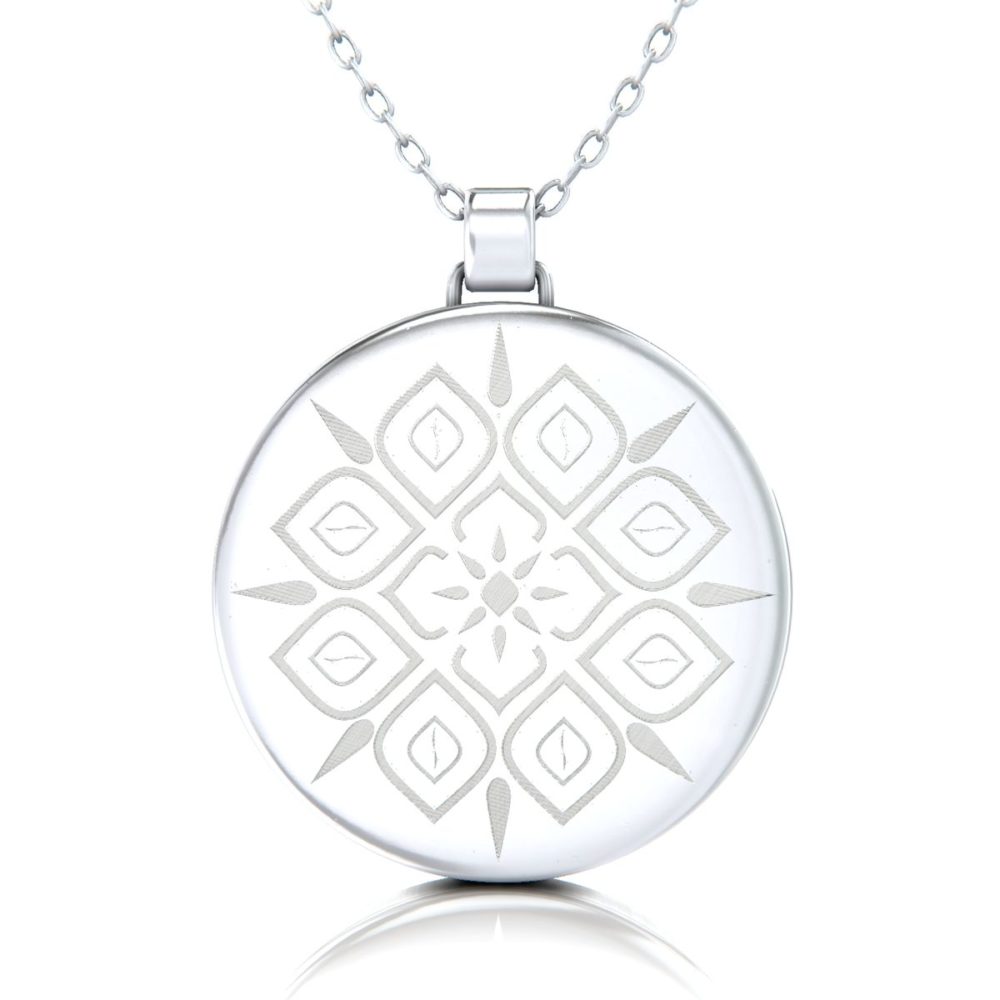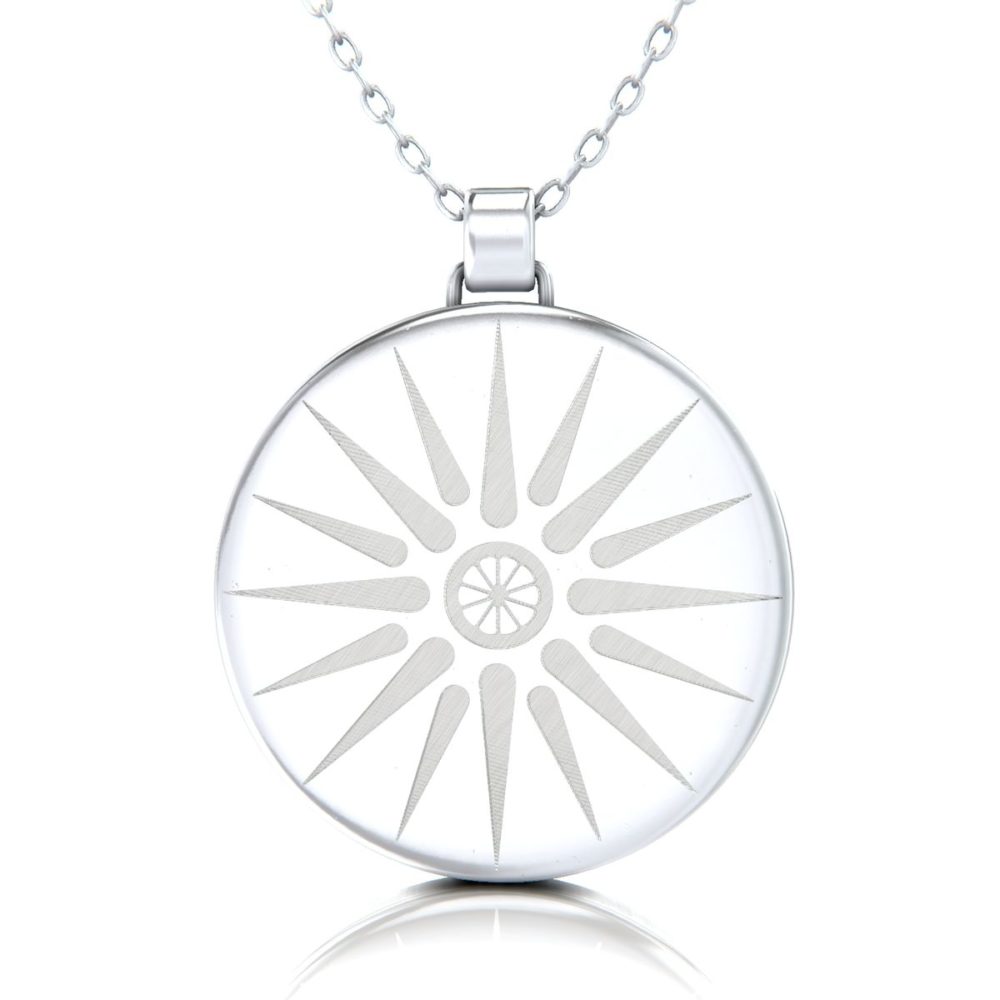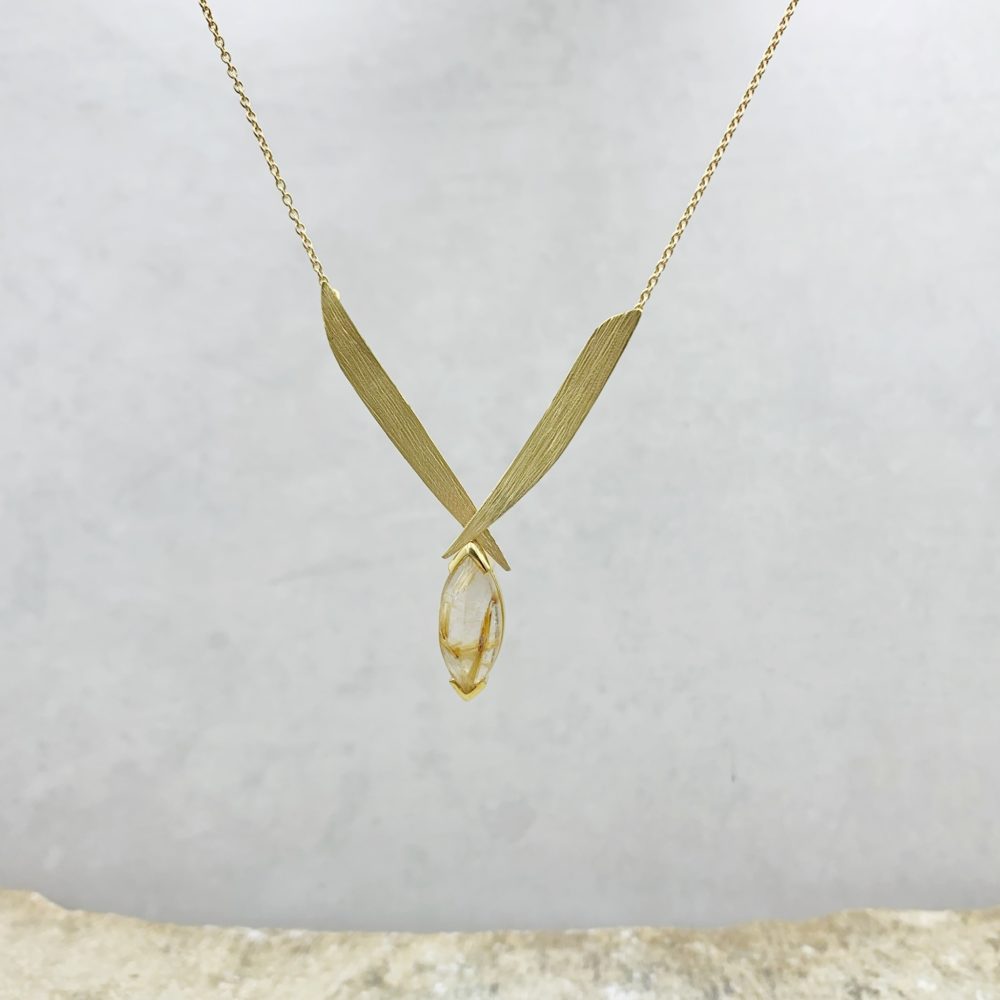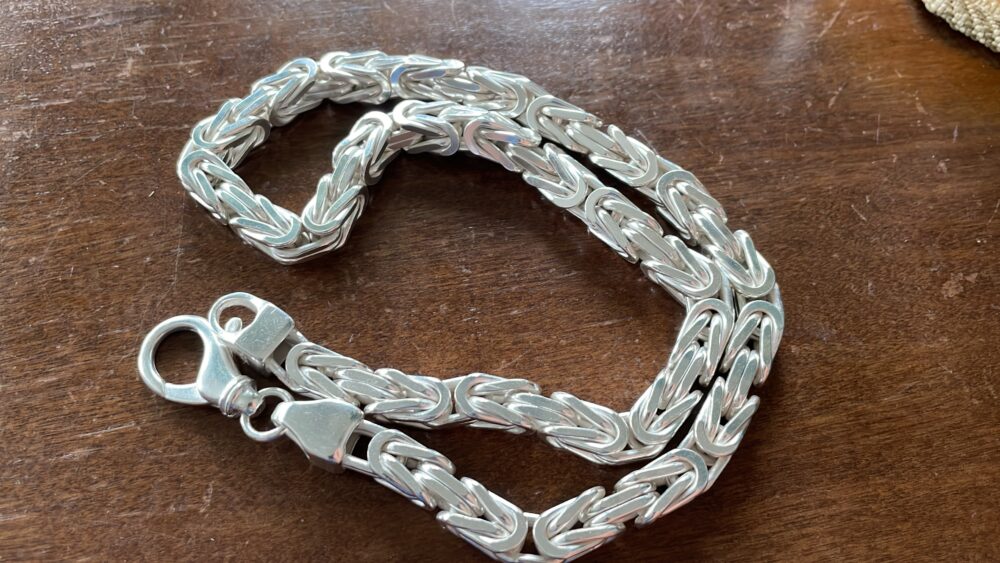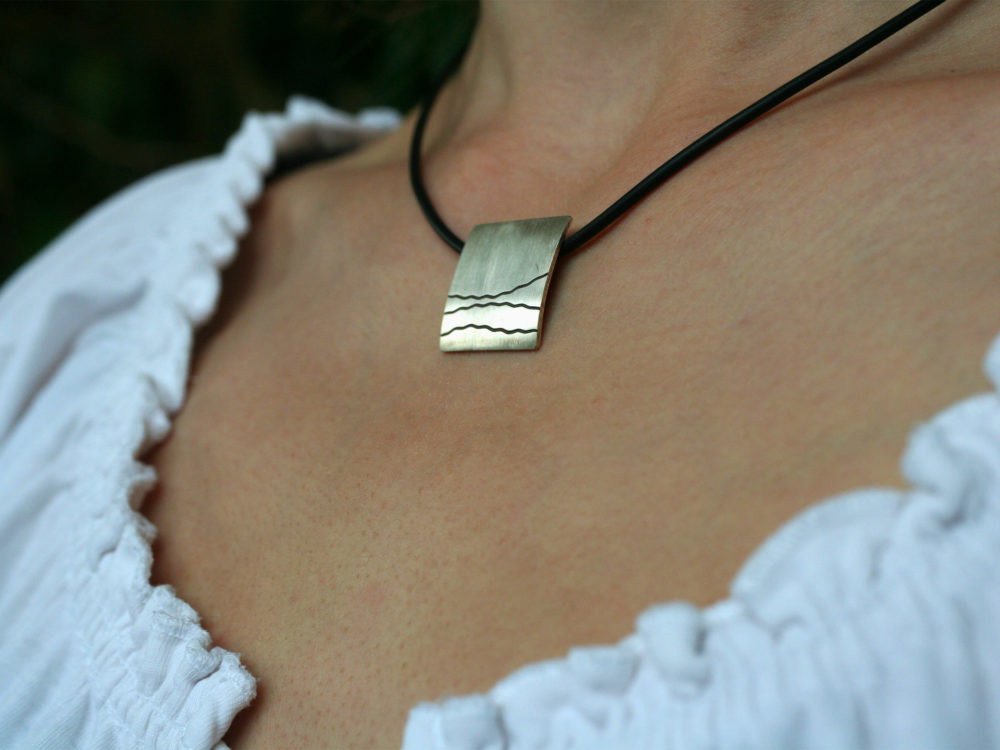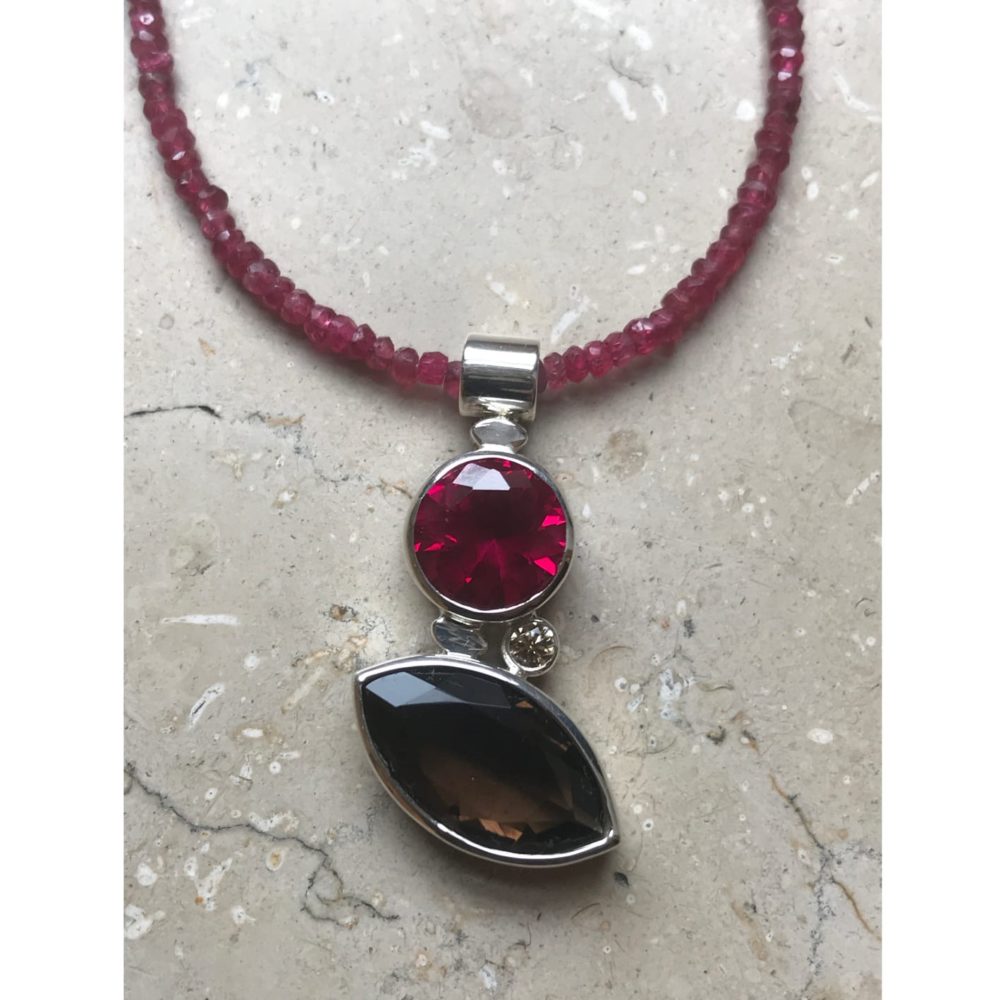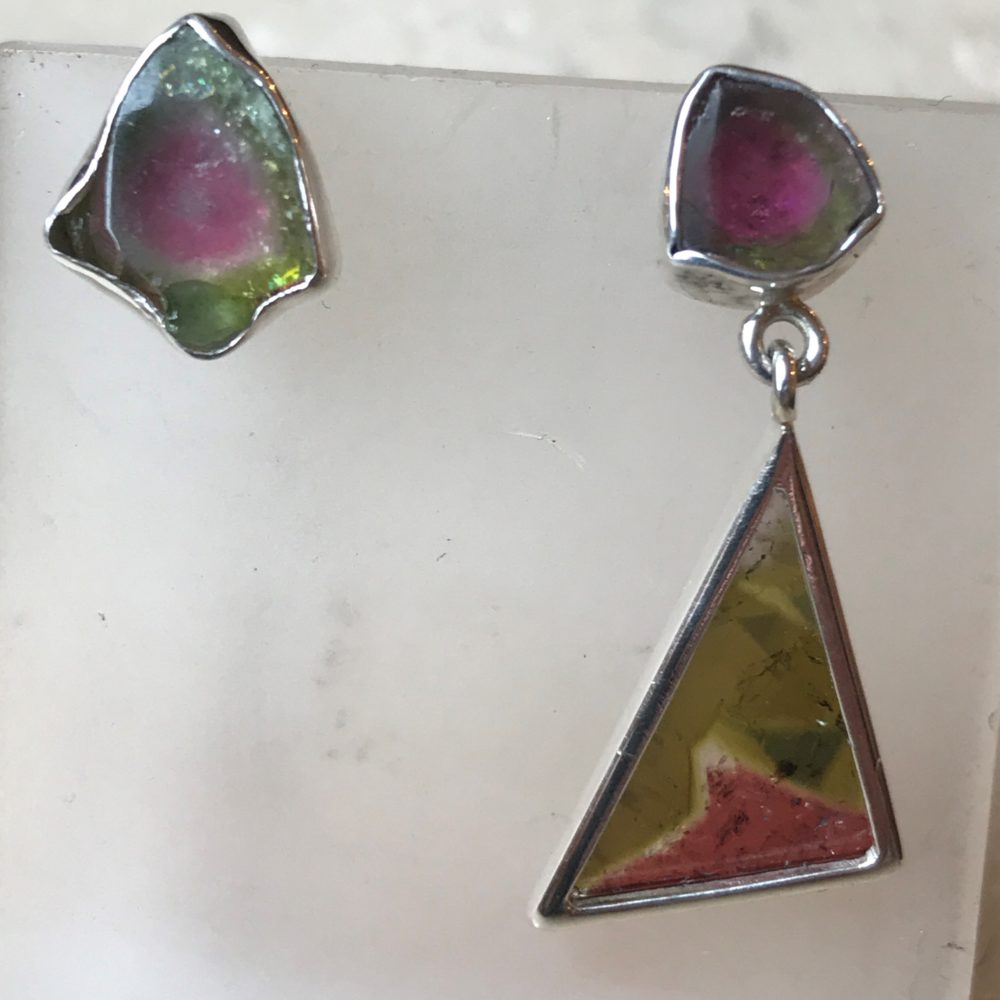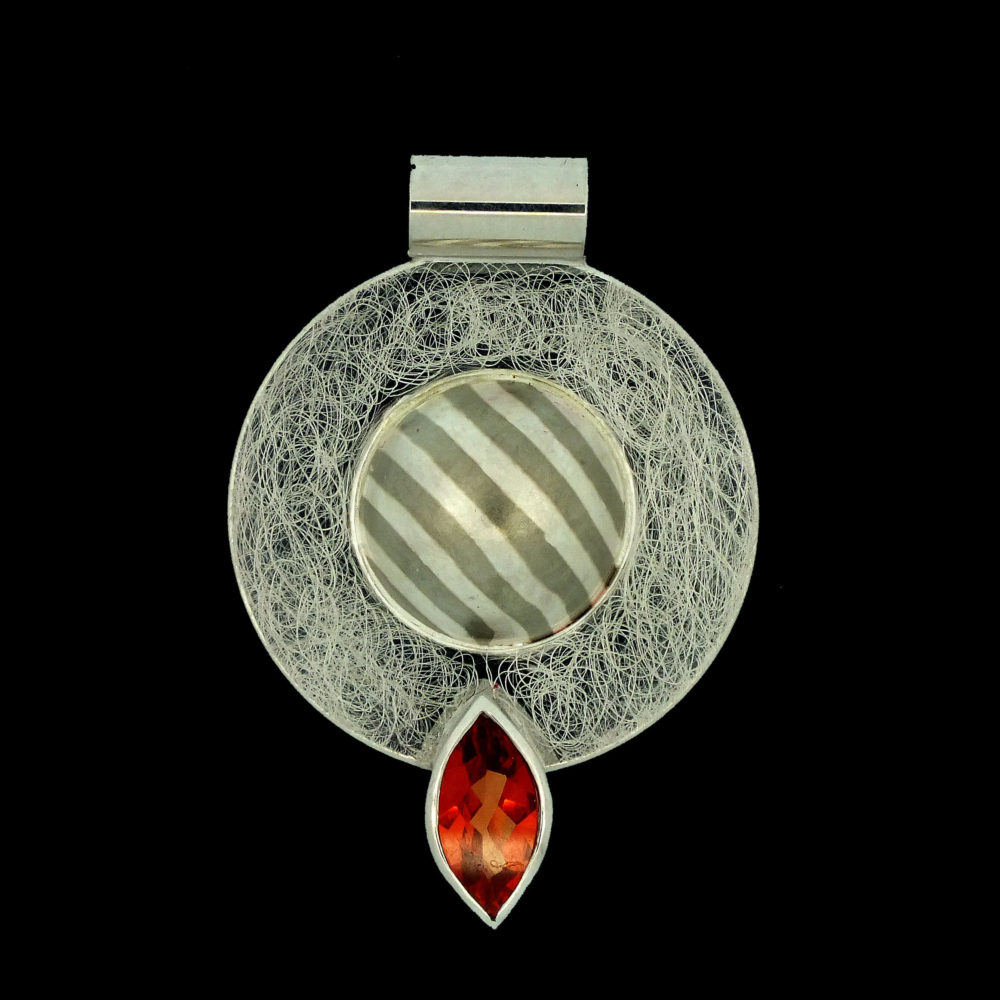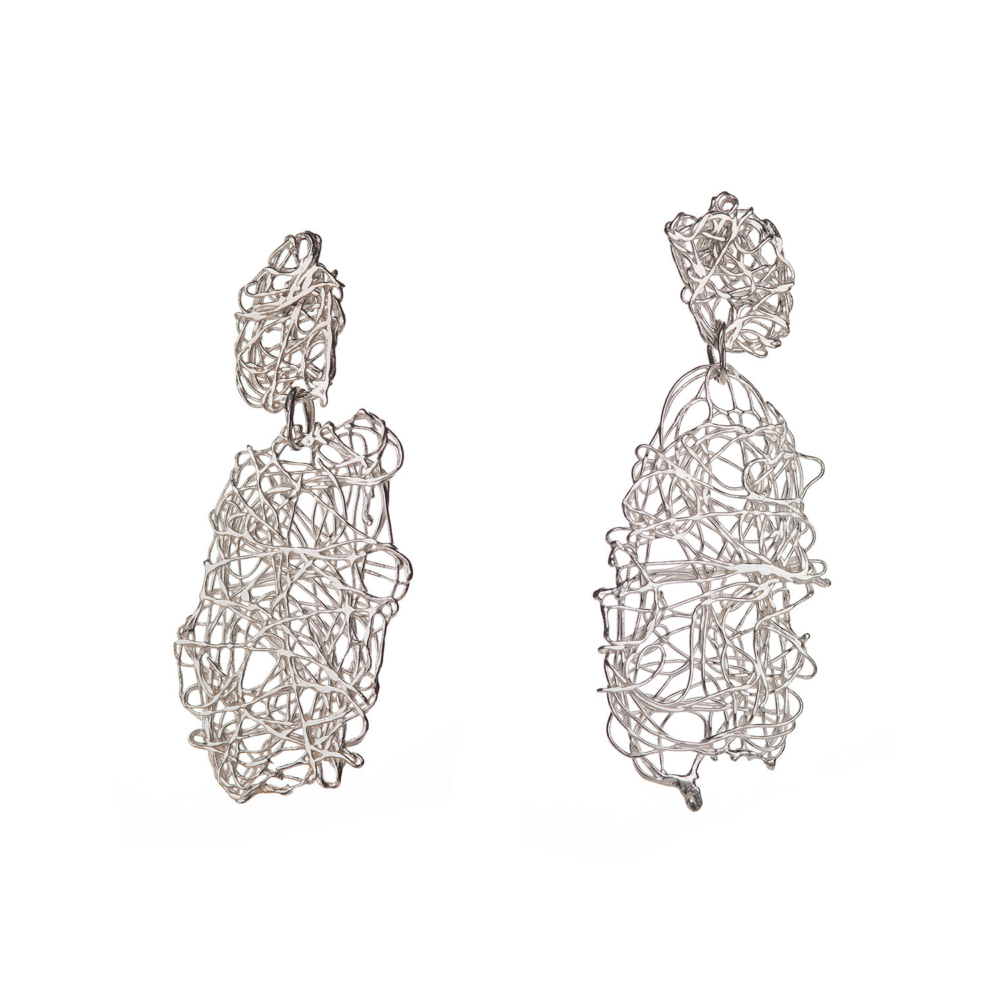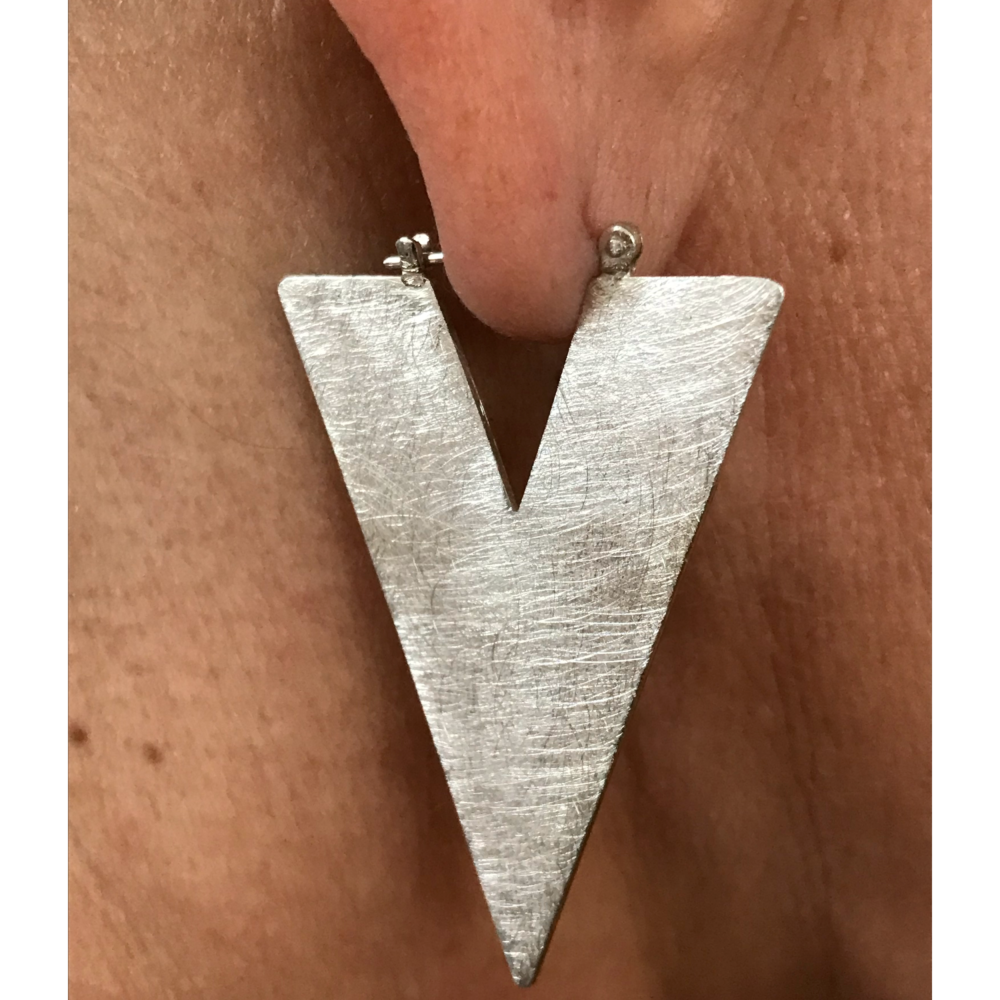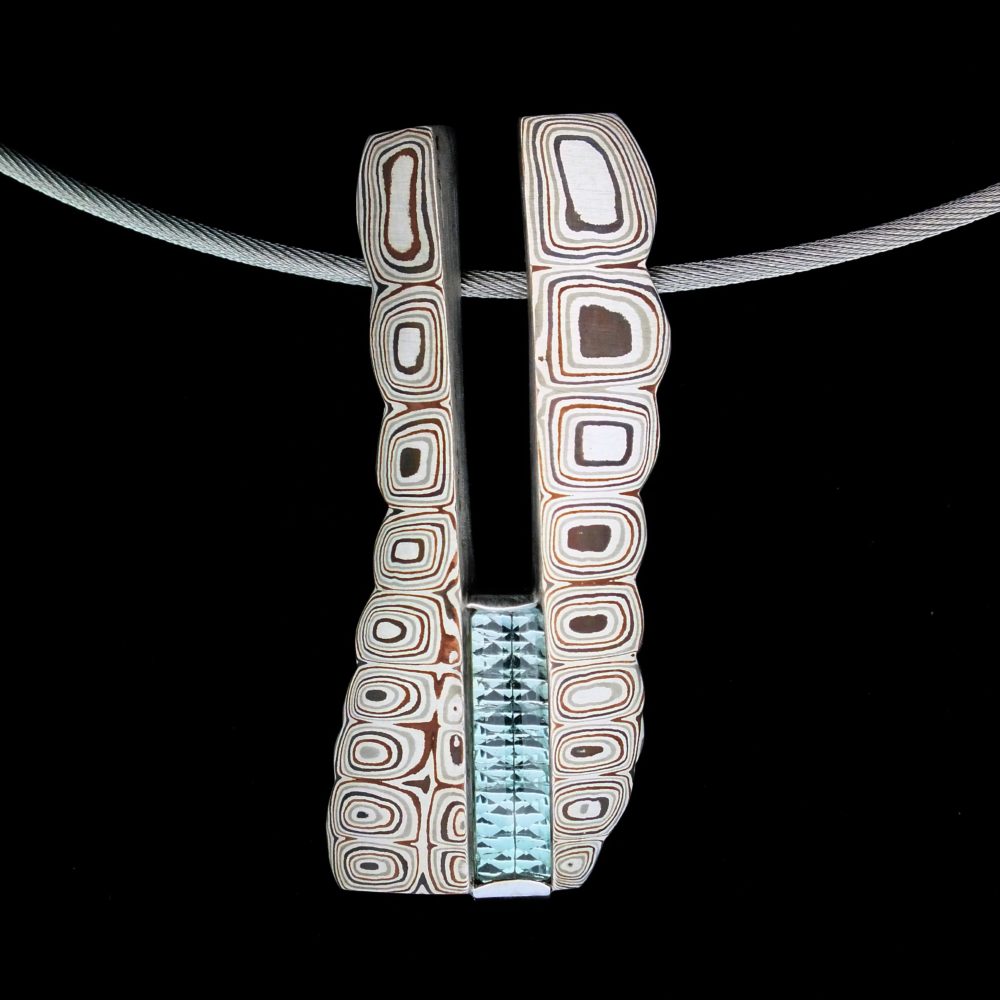Diamond cut
introduction
There are many different types of cut. One of them is the diamond cut. The cut or. the diamond cut is one of the decisive quality features of a diamond. The science of gemstones is known as gemology. Here the diamond cut is interpreted as the shape of the resulting gemstone. The shine of a gemstone is enhanced by the diamond cut. The diamond cut is rounded off with light-refracting corners, Edges and facets, which make the diamond something unique. There are different patterns, to work a gem. This gives the piece of jewelery its appropriate character. The value of the resulting gemstone depends crucially on the diamond cut. There are basically two options for diamond cutting. These are the facets- and the smooth finish. With both types of cut, the stone is divided into three parts. These are the waiter- and the lower part, as well as the girdle. With smooth sanding, only the upper- and lower part machined and sanded smooth and round. The girdle only surrounds the gemstone with a slight edge. Asterism and adularescence are optical effects, those with gemstones like malachite, Rose quartz or moonstone come into their own with this form of diamond cut. With the facet cut, countless and colorful refractions of light are created by many smoothly polished and small surfaces. Here the fire of a precious stone is brought to life. The facet cut is usually divided into a step cut and a brilliant cut.
Need for the perfect diamond cut
The cut or diamond cut is of the utmost importance. This makes the gemstone something unique. In this way, the character of each stone is emphasized and its brilliance can fully unfold. The diamond cut belongs next to the purity, the color and carat to the quality criteria. This determines the value of the gemstone. The diamond cut emphasizes the beauty of the individual stone and makes it appear very expressive. The diamond cut is responsible for the refraction of light. The light is guided through the gemstone and makes it sparkle. A perfect diamond cut ensures that, that the incident beam of light is directed through the individual layers of the gemstone and ideally is reflected back upwards. Is the diamond cut not done well?, the light beam reflects downwards or to the side. This severely affects the appearance.
Different types of cut
Brilliantschliff
The classic form of the diamond cut is the brilliant cut. It is used for numerous gemstones. Only the round shape can be called a brilliant cut for diamonds, if they are over 57 Facets. 24 of which lie on the pavilion and 33 on the crown. If these characteristics are not met, the gemstone does not count as a brilliant and round diamond. Its features are three-, four- and polygonal facets in the form of polished smooth and flat surfaces, which are arranged symmetrically around the gemstone.
The crown ending with the tablet, forms the upper end of this diamond cut. The widest part of the diamond, the girdle tapers down to the pavilion. This carefully executed diamond cut creates perfect proportions, whereby the diamond exudes all its brilliance and fiery shine. The maximum has been reached, when the gem sparkles in the spectral colors of a rainbow. This diamond cut is very often used on diamond rings. Together with a prong setting made of white gold, it is almost perfect as an engagement ring.
Round cut
Round gemstones sparkle best. For this reason, they are also perfect as an engagement ring. The brilliant cut is timeless and modern. It enables numerous different variants and fits into almost every ring.
Baguette cut
Princess cut
This cut is the most popular diamond cut after the brilliant cut. The exact cut of the gemstone with this type of cut differs. It is characterized by a square shape, however, the number of facets differs. The princess cut is also often used on engagement rings. Princess-cut gemstones are always a good choice, because they have many facets. They can easily be combined with a wide variety of ring styles.
Emerald cut
The emerald cut is a diamond cut, which has a square or rectangular shape with a polished pavilion and corners. This makes the diamonds unique. Originally the technique was only used to cut emeralds. It was a special cut for the green and brittle stone. The rounded corners made the emerald less prone to damage. The same cut was later used for diamonds, and convinced with a surprisingly nice result.
Asscherschliff
This diamond cut comes from Amsterdam. Here it was developed by the Asscher brothers. It is in great demand with antique collectors and jewelry lovers. This diamond cut became famous through the television series Sex and the City, when Carrie Bradshaw was engaged to Aidan Shaw. It is very similar to the emerald cut. The general shape including the broken edges is the same. However, the upper side of the gemstone has several facets in the Asscher cut.
Trillionschliff
The trillion cut is also a diamond cut by the Asscher brothers. It is very similar to the Asscherschliff, however, it is triangular. The cut was made 1962 patented in New York by the Henry Meijer Diamond Company. The patent has now expired. The name can therefore be used freely again and generally designates triangular cuts. With this diamond cut, attention must be paid to the additional GIA certificate.
Cushion cut
Cushion cut gemstones are often compared to the princess cut because of their square shape. Its rounded corners and small facets make it something very special. Hence this diamond cut has its name, because it looks less sharp and at the same time elegant.
Ovalschliff
This diamond cut is actually self-explanatory. With the oval cut, the pavilion, so the bottom of the diamond will have different shapes. The diamond perfectly disperses the light through numerous facets on the pavilion. This diamond cut works particularly well on women with delicate hands and short fingers. The oval shape not only makes the fingers look longer, but also slimmer.
additional
This diamond cut is a modification of the classic round cut. The special thing about this diamond cut is, that a diamond with a similar size carat is brought out better, such as a round cut.
Marquesaschliff
The marquise cut became famous for its unusual shape. The shape looks like a boat. Similar to the oval cut, there are several facets on the pavilion, thereby enhancing the sparkle and shine of the diamond.
Pear cut
The pear cut is a diamond cut, which was combined from the brilliant cut and the oval cut. The shape resembles a drop, hence the name. In technical jargon, this is very often referred to as pendeloque.
This diamond cut is very reminiscent of a raindrop. It combines both the marquise cut and the round cuts. One side is narrowed at one point. The pointed end of the diamond should point to the woman's fingertips. The cut suits spontaneous and enterprising women. Famous wearers are Anne Hathaway and Catherine Hiegal.
Old cut
All diamond cuts, the years before the so popular today 1910 developed brilliant cut existed, are considered old cuts. The old cut goes into that 14. Century back. Before that, diamonds only had the natural octahedron shape. The pointed stone is the first form of this diamond cut. This was limited to that, to enhance the optical effect of the natural octahedron sides by polishing.
Classic old European cut diamonds
Im 15. Table stone was developed in the 19th century. This is a further development of the pointed stone. The lower and upper tips of the octahedron were removed, so that smooth and even surfaces were created. In the course of time, the octagonal girdle and additionally cut facets were created. The diamond cut was revolutionized by the use of grinding wheels during this time. For the first time, an old cut rose cut became possible, in which the diamond has no base.
The further development to today's brilliant cut took place in 17. century. It was here under the rule of Louis XIII. twice the good. The girdle already had 12 and the top of the gems over 16 Facets.
Trillantschliff
This diamond cut is a triangular cut of the gemstone.
Achtkantschliff
The octagonal cut is a special fine cut for round diamonds. A large board area is included 16 Fine surfaces united on the diamond. This is a simplified brilliant cut. This diamond cut is mainly used for smaller gemstones. Due to the shape, the 8-cut is often used here.
Cabochonschliff
Cabochon comes from the French and means nail head. This is a special form of diamond cut. The shape is round or oval and usually has a flat bottom and an outwardly curved surface.
Squareschliff
This diamond cut, known in English as a square cut, is characterized by a square shape with stepped effects. Areas of application are predominantly transparent gemstones.
Emerald cut (Emerald Cut)
The emerald cut is one of the so-called step cuts. These diamond cuts are characterized by parallel and elongated facets. Due to their appearance, they are strongly reminiscent of stairs. This is where the name comes from. The Step Cuts differ from the Brilliant Cuts in this way, that here more emphasis is placed on the purity than on the fire of the diamonds. This diamond cut was originally used on emerald stones.
Emerald Cut
In their basic form, gemstones with the emerald cut consist of graded octahedra. The four corners of the initial rectangular shape were flattened. Starting from the table, the elongated, almost square facets run in three parallel rows towards the girdle. The bottom does not have a blackboard. The otherwise identically arranged facets run towards an edge on the underside. With the emerald cut, only gemstones with an appropriate purity should be processed. Otherwise, every small defect immediately catches the eye. With this diamond cut, the surface of the diamond is perfectly polished.
Shuttle bus
Navette describes a diamond cut for very precious stones. The characteristic of this cut is the oval and tapering shape. The boat- or. spindle-shaped diamond cut is mainly used for transparent stones. Due to its characteristic shape, this diamond cut is often referred to as a boat today. The board with the others 56 Facets is very similar to the brilliant cut. This shows off the fire of the gemstone perfectly. Marquise is another name for this diamond cut. Starting from the French royal house under Louis XV. this diamond cut established itself in the 18. century, da Marquise Jeanne de Pompadour, the king's mistress had a pronounced fondness for these fashion stones. In her honor, the diamond cut is called the marquise. Its pointed ends are also said to have reminded the king of the smile of his mistress.
Quality features
Choosing the color of a navette diamond is not easy. Bleached discolorations are particularly noticeable at the pointed ends. If you want to be on your own, you should choose a color between D and H.. Because the facets are larger in the center, inclusions are noticeable here. On the other hand, impurities are hardly noticeable at the edges. For a harmonious and beautiful shape, the length-width measurement should be between 1,75 and 2,25 lie. This gemstone should neither be too flat nor too high. Otherwise the so-called bow-tie effect can occur. This is expressed by dark points in the center, where the light beam cannot be reflected. This diamond cut requires the highest level of craftsmanship. A lot of experience and skill is required here. When buying such gemstones, you should therefore ensure that the cuts are of very good quality.
Princess Cut
The Princess Cut is a square diamond cut. By 144 This diamond cut is complex facets. This type of cut is the second most widely used in the processing of diamonds and other precious stones. The most common form is the round brilliant cut. The top of the stones processed with this type of cut consists of a square basic shape. This square basic shape is characteristic of the cardinal cut. This is generally present on the top of a princess cut diamond. In addition to this square cross-section, the star cut is an essential distinguishing feature of the cardinal cut. With a star cut, the facets run from the girdle to the center. This creates a star-shaped pattern. With a cardinal cut, this creates the so-called double star. The underside of the stones treated with this diamond cut is finished with the so-called fan cut. The facets are either arranged from the outside to the inside or vice versa. As a result, this diamond cut consists of two different cut shapes. These are on top of the cardinal- and on the underside of the fan joint. For this reason, a princess cut is often referred to as a mixed cut.

